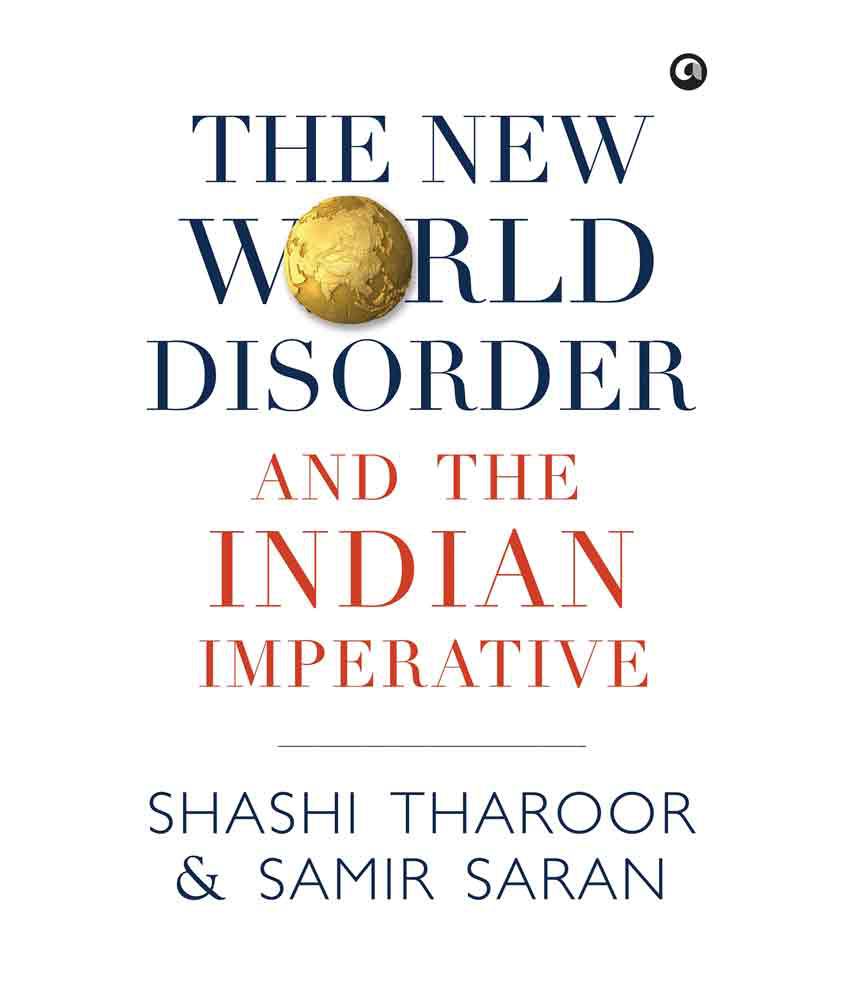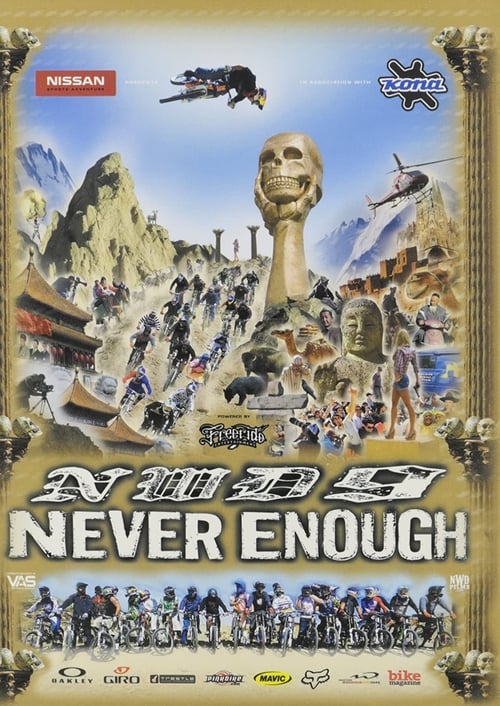


New world disorder 9 torrent manual#
In view of an inconstant notion of industrialization – which would affect the way his precast plants were organized – it is argued that Lelé incorporated a strong manual dimension in his modus operandi. From the perspective of the architect acting beyond the scope of the designer, manufacturer and builder, this study seeks to portray how Lelé broadened the discipline throughout his practice. It aims to explore three interrelated levels of his architecture – factories, systems and components – as they constitute the fundamentals of his constructive approach, in terms of both conception and production. This dissertation investigates the work and industrial thinking of João Filgueiras Lima – or simply Lelé (Rio de Janeiro, 1932 – Salvador, 2014) – within the context of the seven state-owned factories for precast building elements that he founded in Brazil over the course of 30 years of intense manufacturing activity (1979-2009). Como objeto de estudo, analisamos cinco obras representativas da problemática levantada: o Grande Hotel de Ouro Preto, projeto de Oscar Niemeyer em 1940 a Residência Saavedra em Petrópolis-RJ, projeto de Lucio Costa em 1941 a Colônia de Férias do IRB no Rio de Janeiro, projeto do escritório MMM Roberto em 1943 o Park Hotel São Clemente em Nova Friburgo-RJ, projeto de Lucio Costa em 1944 e a Residência Holzmeister no Rio de Janeiro, projeto da Firma Pires & Santos em 1955. Sua característica formal mais importante é o uso, dentro do receituário moderno, de elementos arquitetônicos referenciados na tradição colonial brasileira. Por vezes denominanada nativista ou arquitetura nova da tradição local, essa parcela da produção nacional tem como arcabouço conceitual principal as idéias do arquiteto Lucio Costa. By doing so, it also discusses the reasons that pushed this process to the margins of the mainstream historiographic narrative.Įste trabalho trata de uma vertente específica da arquitetura moderna brasileira que começou a se delinear junto aos projetistas cariocas no início dos anos 1930 e cuja maturidade encontra-se compreendida entre os primeiros anos da década de 1940 e meados da década de 1950. The article highlights how the reception of Brazilian modernism in Colombia should be read as the result of local cases within the global process of modernism’s ‘tropicalisation’. It finally recollects a varied group of projects from the 1950s that evidence the diffusion of Brazilian-Cariocan repertories in Colombia among professionals and students. It analyses the reception of the work of Niemeyer and other architects in Colombian magazines and underlines the movements of Colombian architects toward Brazil.

This text examines recognised seminal events and lesser-known facts, highlighting the existence of a wide system of connections. Moving from the first acknowledgments of Brazilian architectural production in Colombia - in which triangulations with the USA played an important role, not least after the Brazil Builds exhibition catalogue reached an international audience - this article displays a varied system of transference routes that made the Brazilian-Cariocan modernism one of the main references for Colombian architects during the 1950s. This article aims to provide a first overview of the rich system of transnational relations between Colombia and Brazil. The reception of Brazilian architectural modernism in Colombia has been dismissed and underestimated by national historiography.


 0 kommentar(er)
0 kommentar(er)
